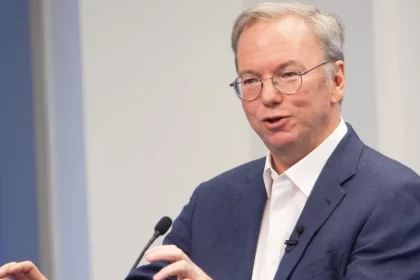Preservation of historical monuments using artificial intelligence is a solution that has been taken after the spread of destruction of these monuments using various types of graffiti.
The “Historic England” project is an innovative project that uses artificial intelligence to identify paintings. Then, by using the graffiti tags, identifying the characteristics of graffiti in different areas and analyzing these graffiti, the place where the spray painters are prepared is determined.
Preservation of historical monuments has become more important than ever. In the recent year, a report was published by the Ecclesiastical Insurance company, which operates in a specialized manner. This report contains statistics on the destruction of historical monuments using graffiti. According to these statistics, in recent years, about one third of historical monuments have been destroyed with graffiti. This figure has grown by 9% compared to the previous year.
In April, the historic Linlithgow Castle in West Lothian was damaged with numerous graffiti on its 16th-century walls, stone floor and fountains. In January, they attacked the thousand-year-old Rochester Castle in Kent and painted numerous graffiti on the walls of this castle.
The efforts of the historical Anlagistan project to preserve historical monuments from graffiti
Mark Harrison, head of the historic strategy program at the Historic England Project, addressed the spread of graffiti damage to historic monuments and said: “We are looking to develop ways to tackle this issue. These heritage sites belong to all of us and graffiti is a crime in any form. This issue is sporadic and persistent. “In addition to creating fear, this affects the general sense of well-being, which is a key indicator of community sentiment.”
The main issue with this program is that one initial graffiti is usually the impetus for more incidents. It is difficult to remove from ancient stones, as the paint is water-absorbing and often leaves a permanent, ghostly stain on the artefacts.
The use of artificial intelligence also provides the possibility of monitoring stolen antiquities. Artificial intelligence can become a software in the mobile phones of sellers and buyers of scrap and antiques, which enables the identification of stolen works and the rapid implementation of forensic activities.
“Go to Google Play and you can easily find apps that identify plants, trees and rocks, similar to this,” says Mark Harrison of historic preservation and crime prevention. “We had initial discussions about how we could use this technique to help identify graffiti artists because they have a very distinct style and use specific types of paint.”
Regarding the identification of criminals, he continued: “Different graffiti may look similar to the human eye, but it is completely different to the machine. If you have 100 tags in a neighborhood, it might be done by one person in one night. “If it's left alone, it just shows people that this is a safe place to tag.”

Dr Robin Bryant, co-author of the Historic England Project for the Preservation of Historic Monuments and Director of Justice Operations at Christ Church University, said that AI offers the possibility of linking crimes to the same offenders: “These types of detections in the world of policing are a good starting point for investigations. “
Bryant added, “The police systems are not ready for these things. There are some specific heritage crimes that are registered, such as illegal trade in cultural objects. But these are very rare. The main issue is cases that do not have specific judicial codes and are not registered by the police.”
“Graffiti removal costs a lot,” Bryant said of historic preservation and restoration. The Historic England project helps us with some training. We also have a large bank of volunteers, but we need specialized skills and equipment. “It almost seems like a battle that we're losing.”
Bryant said about the other methods used: “The natural monitoring of the people, along with the monitoring programs of historical monuments established with the cooperation of the people themselves, is an advantage that provides the necessary communication between traditional societies and new technologies and can solve this problem to some extent.
How do you rate this article?
RCO NEWS














